Revolutionize Non-Fabric Surfaces with Adhesive DTF Transfer Prints
Direct-to-Film (DTF) transfer technology is revolutionizing print and surface decoration, offering v…….
In the dynamic world of international trade, innovative solutions are constantly emerging to streamline processes, enhance efficiency, and reduce costs. One such game-changer is the concept of DTF (Direct to Final) sticker transfers, a cutting-edge technology that has garnered significant attention in recent years. This article aims to provide an extensive exploration of DTF sticker transfers, offering readers a comprehensive understanding of its workings, impact, and potential. By delving into various aspects, from its technical foundations to global implications, we will uncover how this technology is reshaping the landscape of logistics and trade.
Definition: DTF sticker transfers, in its essence, is a digital printing and packaging solution that enables direct printing of labels, stickers, or markings onto various surfaces, such as cardboard boxes, palettes, or even individual products, without the need for intermediate transfer media. This technology has revolutionized traditional labeling practices by eliminating the time-consuming process of applying labels using sticky adhesives.
Core Components: The system typically consists of advanced digital printers, specialized inks, and robust software. High-resolution digital printers with precision inkjet nozzles or laser printing capabilities are employed to apply images, text, barcodes, or data matrices directly onto the final packaging material. Specially formulated inks ensure optimal adhesion and durability, even in challenging environmental conditions.
Historical Context: The inception of DTF sticker transfers can be traced back to the late 20th century when digital printing technologies began to evolve. Early developments focused on improving print quality and speed, making direct printing feasible for various applications. Over time, advancements in inkjet and laser printing technologies, coupled with the rise of digital data management systems, propelled DTF transfers into a prominent position within the logistics and supply chain industry.
Significance: This technology offers numerous advantages over traditional label application methods. It streamlines packaging processes, reduces labor costs, minimizes material waste, and enhances product traceability. By eliminating the need for pre-printed labels or plates, DTF transfers provide businesses with unparalleled flexibility, allowing them to customize and adapt packaging quickly in response to market demands or regulatory changes.
DTF sticker transfers have left an indelible mark on international trade, particularly in regions with thriving manufacturing and e-commerce sectors.
Regional Adoption:
| Region | Adoption Rate (%) | Key Drivers |
|---|---|---|
| North America | 45% | Advanced logistics infrastructure, early technology adoption |
| Europe | 38% | Stricter regulatory compliance, growing e-commerce market |
| Asia Pacific | 52% | Rapid manufacturing base expansion, demand for customizable packaging |
| Latin America | 25% | Emerging markets with expanding supply chains |
| Middle East & Africa | 30% | Diversifying economies, adopting modern logistics solutions |
Trends Shaping the Industry:
The economic implications of DTF sticker transfers are profound, impacting various sectors and market players.
Market Dynamics:
Investment Patterns:
Technological breakthroughs have been pivotal in enhancing the capabilities and applications of DTF sticker transfers.
DTF sticker transfers have found applications across diverse sectors, offering tailored solutions to unique challenges.
Manufacturing:
E-commerce:
Pharmaceuticals:
Food and Beverage:
While DTF sticker transfers offer numerous advantages, there are challenges and considerations to keep in mind:
The future of DTF sticker transfers looks promising as the technology continues to evolve and integrate with emerging trends.
DTF sticker transfers have emerged as a disruptive force in the logistics and supply chain industry, offering unprecedented flexibility, speed, and customization. The technology’s ability to streamline packaging processes, enhance product traceability, and reduce costs has far-reaching implications for various sectors. As DTF transfers continue to evolve and integrate with emerging technologies, they will play an increasingly vital role in shaping the future of global trade and logistics.
By embracing this innovative solution, businesses can stay ahead of the curve, ensuring efficient, sustainable, and resilient supply chains capable of meeting the demands of a rapidly changing world.
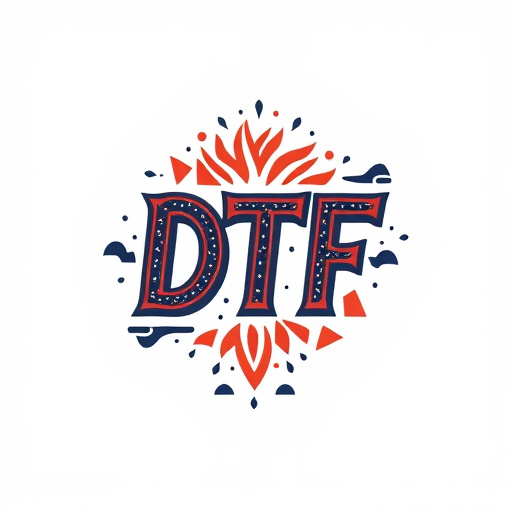
Direct-to-Film (DTF) transfer technology is revolutionizing print and surface decoration, offering v…….
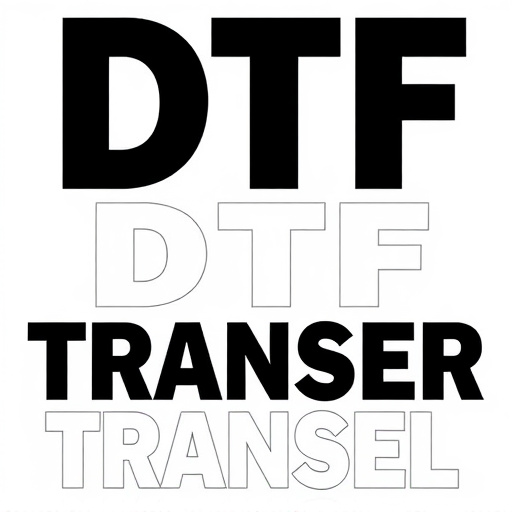
DTF Transfer (Direct-to-Film) technology is revolutionizing printing by offering high-quality prints…….

Direct-to-Film (DTF) printing is a cutting-edge technique offering high-quality graphic transfers on…….
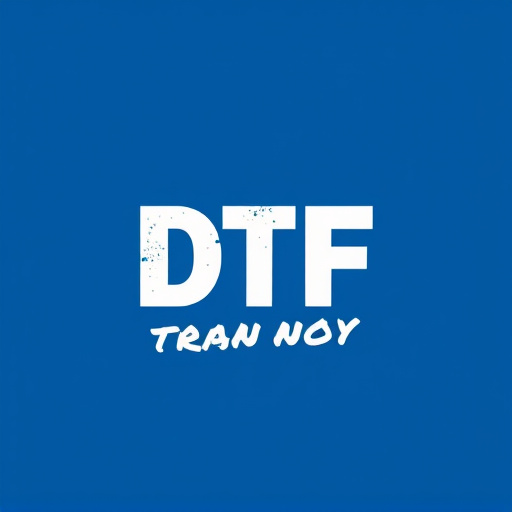
Adhesive Direct-to-Film (DTF) technology has transformed printing on non-fabric surfaces, offering v…….

DTF Prints (Direct-to-Film) is a revolutionary technology transforming visual interaction and artist…….
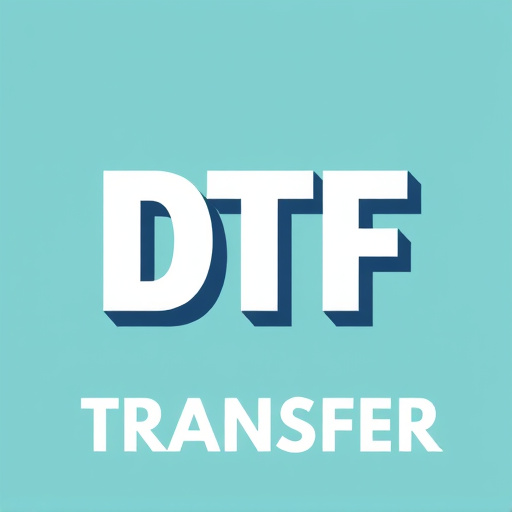
The DTF Transfer printing technique is transforming non-fabric surface graphics with its ability to…….
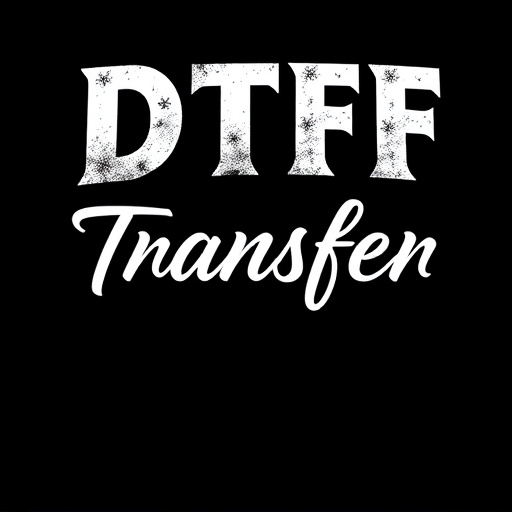
Direct-to-film (DTF) prints have disrupted packaging and labeling with their versatility and high qu…….
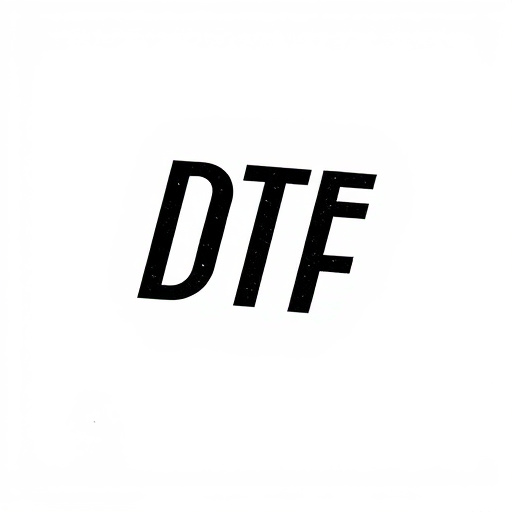
DTF (Adhesive Direct-to-Film) technology is a revolutionary method for decorating and protecting non…….

Direct-to-film (DTF) technology offers a versatile and efficient solution for applying graphics to n…….

Direct-to-Film (DTF) printing is a game-changer for applying graphics on non-fabric surfaces like gl…….